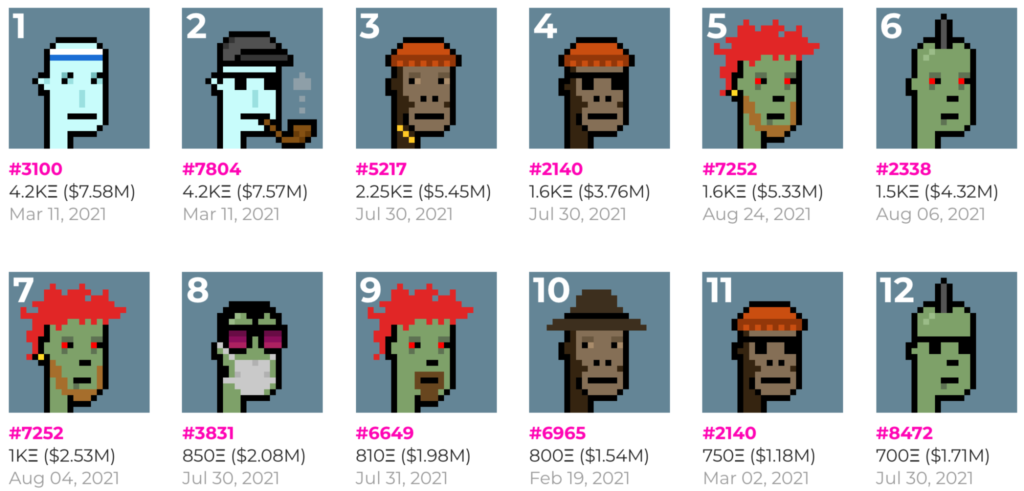Ethereum has experienced a major sell-off, plunging nearly 20% in the past 24 hours, marking one of its steepest declines in years.
📉 ETH is now trading around $2,500, after losing critical support at $3,000.
The sudden drop follows President Trump’s announcement of new 25% tariffs on Canada, Mexico, and China, triggering broader financial market uncertainty.
Given crypto’s correlation with traditional markets, Ethereum and other digital assets have followed suit, entering a sharp downward spiral.
Panic Selling & Liquidations Accelerate the Crash
According to Coinglass data, whales have been offloading large Ethereum holdings, triggering a cascading wave of liquidations.
💥 Crypto trader MaxBecauseBTC told his 66K followers on X that this is the biggest Ethereum liquidation event in over two years, comparing it to the March 2020 COVID crash.
“Those that stick around will be rewarded.”
💥 Felix Hartmann, founder of Hartmann Capital, remains optimistic, calling it “forced selling” that has caused Ethereum’s price to become dislocated.
“The prices may be dislocated, but long-term investors will benefit from the shakeout.”
What’s Next for Ethereum?
The critical question now is whether Ethereum can recover from this sharp drop.
🔍 Key support levels to watch:
- $2,400: A psychological level that could provide temporary relief.
- $2,000: The next major downside risk if selling pressure continues.
📊 Market analysts believe that Ethereum’s long-term fundamentals remain strong, but short-term volatility is expected to persist.
With increased regulatory uncertainty and macroeconomic pressures, traders should brace for further turbulence in the crypto market.
Final Thoughts
Ethereum’s 20% crash highlights the ongoing fragility of crypto markets, especially in the face of macroeconomic shocks and large liquidations.
While whales are panic-selling, some traders believe this is a buying opportunity for those who can weather the storm.
The next few days will be crucial in determining whether Ethereum stabilizes or continues its decline toward lower support levels.


